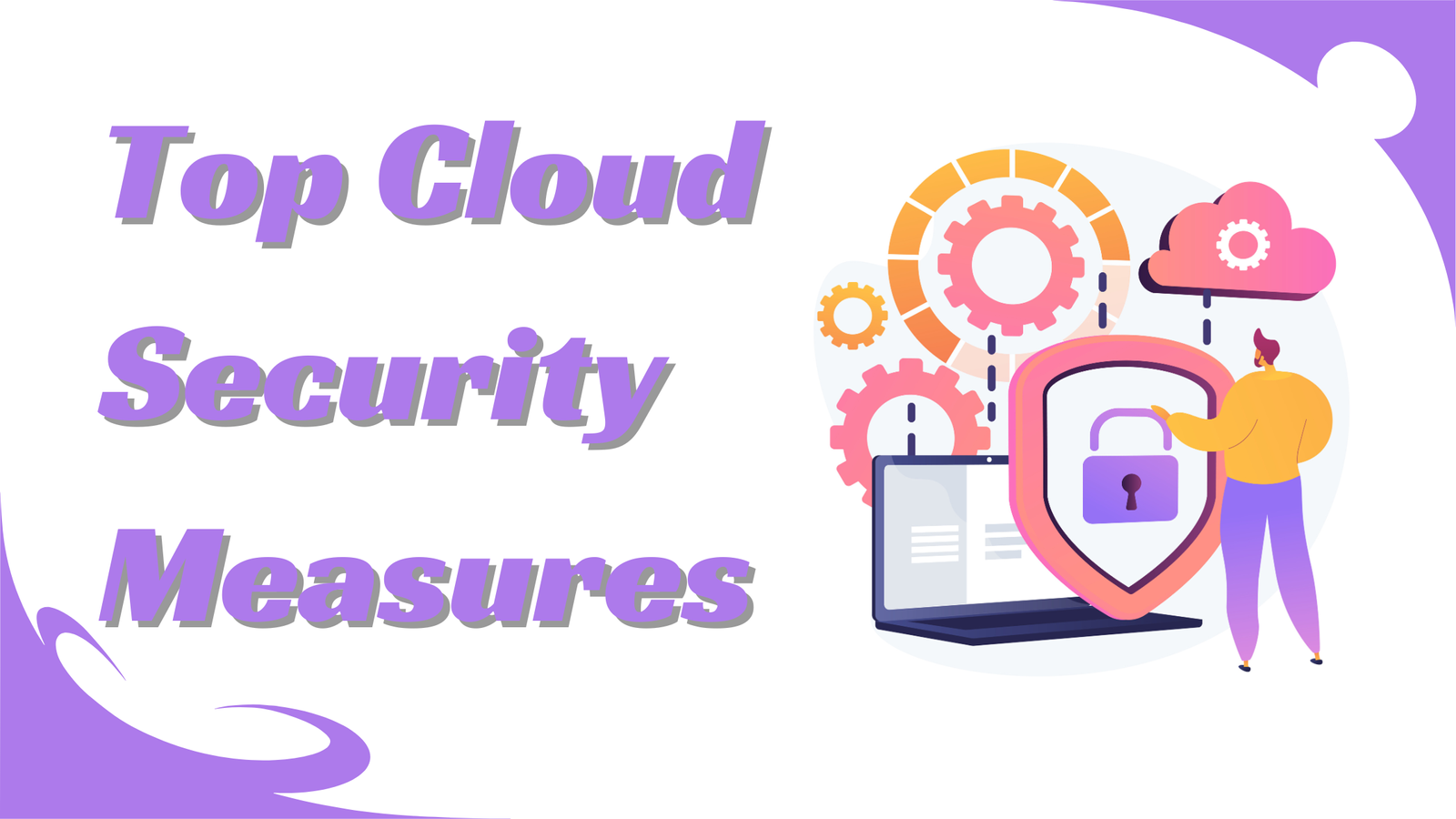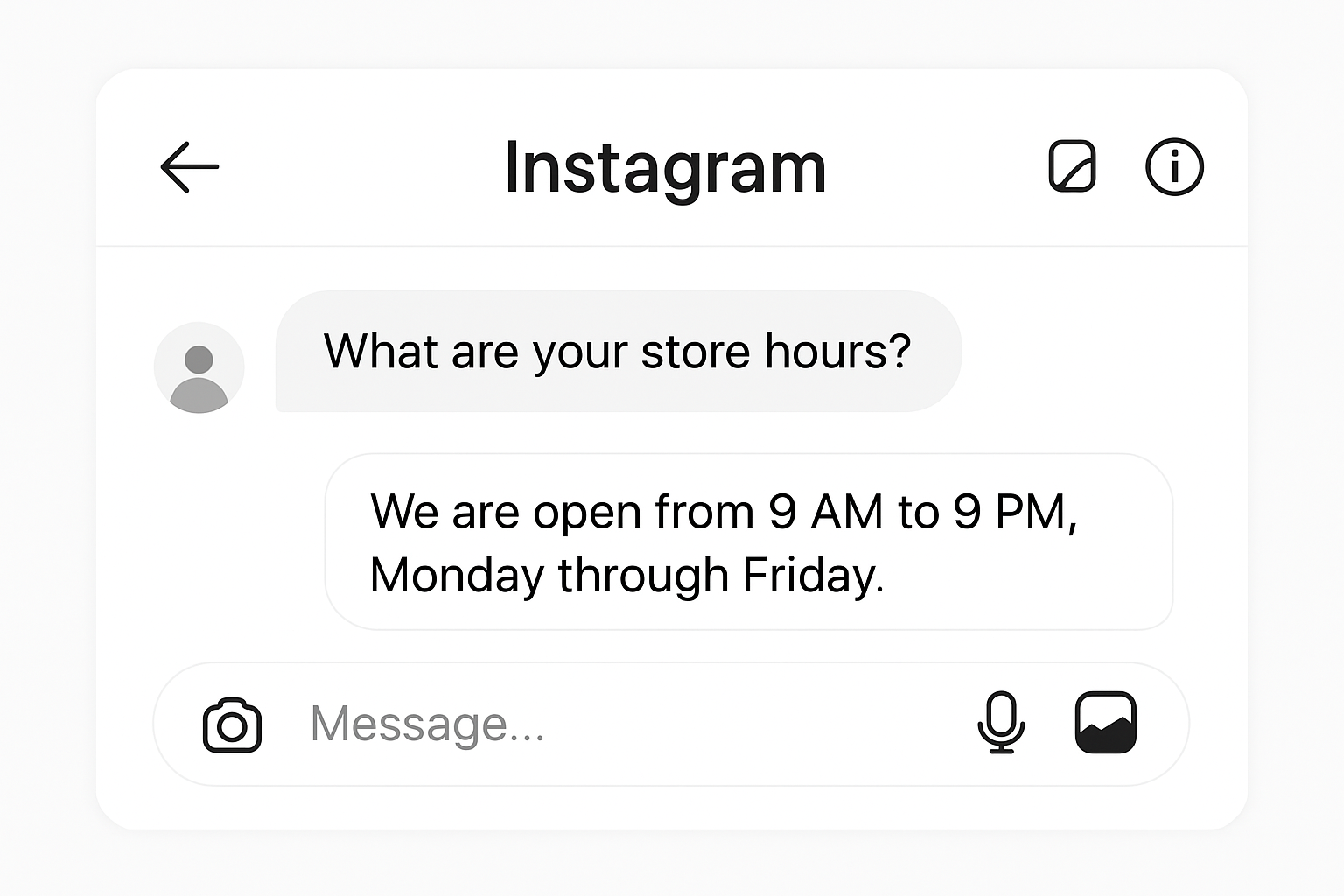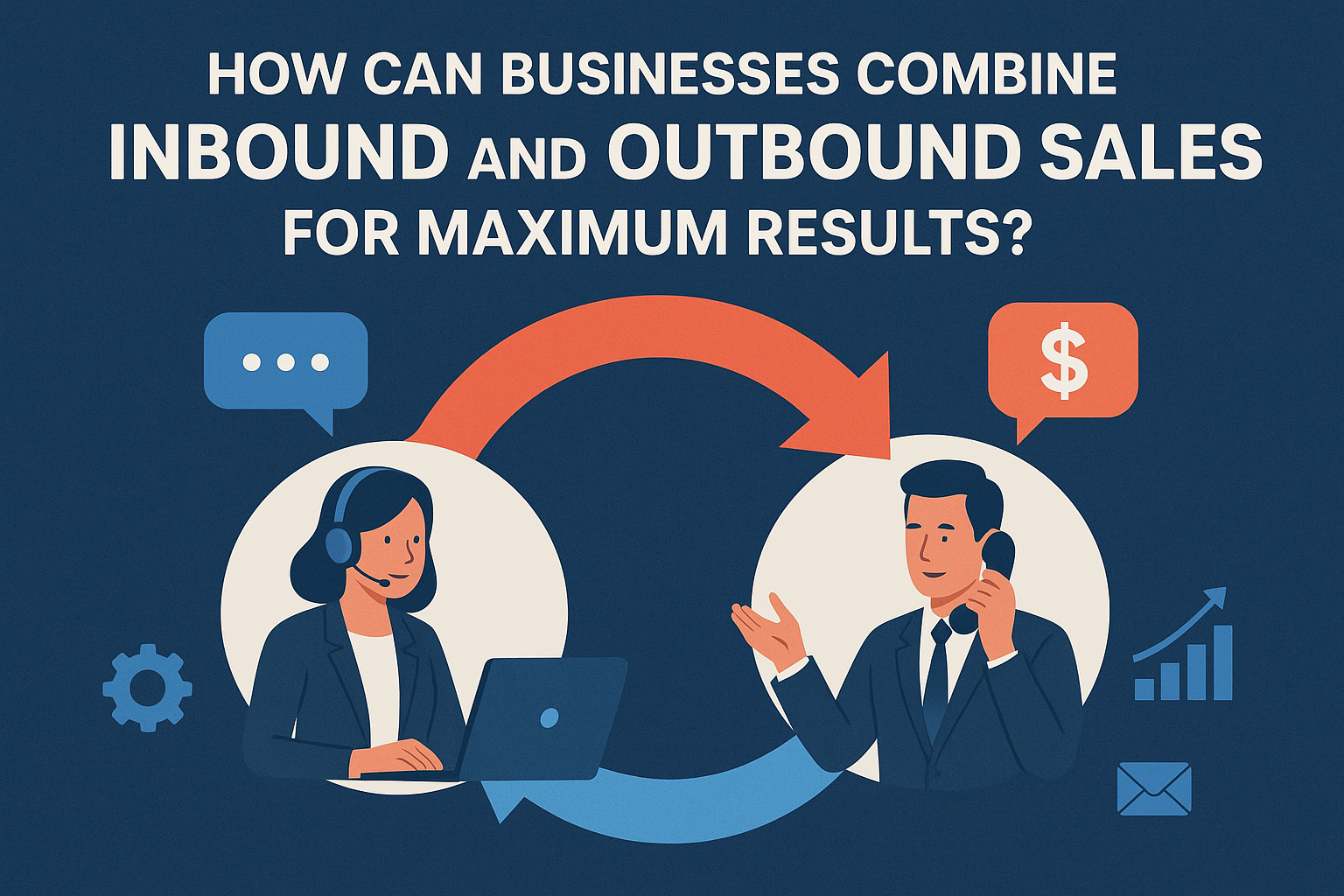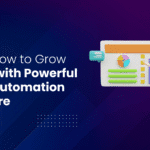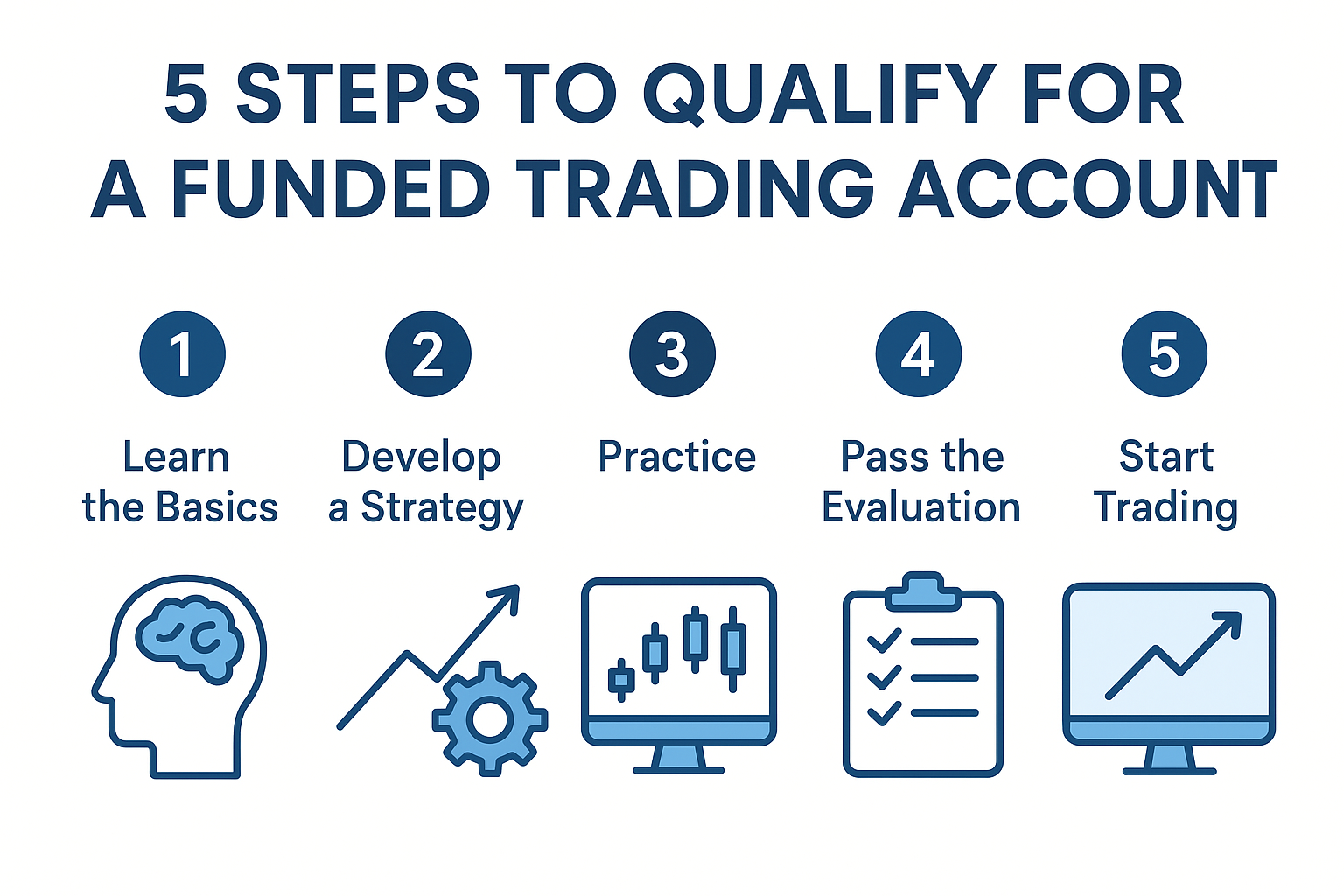Top Cloud Security Measures for 2024: Safeguarding Digital Assets
- 1 Understanding the Cloud Security Landscape
- 1.1 Advanced Encryption Techniques
- 1.2 Zero Trust Architecture
- 1.3 Multi-Factor Authentication
- 1.4 Regular Security Audits and Assessments
- 1.5 Data Backup and Recovery Solutions
- 1.6 Access and Identity Controls
- 1.7 Threat Detection and Response
- 2 Best Practices for Cloud Security
- 2.1 1. Understand Shared Responsibility
- 2.2 2. Use Strong Identity and Access Management (IAM)
- 2.3 3. Encrypt Data at Rest and in Transit
- 2.4 4. Regularly Monitor and Audit Cloud Activity
- 2.5 5. Implement Robust Data Backup and Disaster Recovery Plans
- 2.6 6. Secure Cloud APIs
- 2.7 7. Ensure Compliance with Regulatory Standards
- 2.8 8. Regularly Patch and Update Systems
- 2.9 9. Conduct Penetration Testing and Vulnerability Assessments
- 2.10 10. Educate and Train Employees on Cloud Security
- 3 Conclusion
Indeed, in 2024, more businesses will be moving to the cloud. This undoubtedly makes security one of the main areas of concern in cloud computing. Increased dependence on cloud solutions for storing and processing sensitive data requires securing these platforms. According to recent statistics from the popular Statista, threats in cloud security are rushing. Each year, cybercriminals discover new and worrying vulnerabilities. Protection of digital assets is no longer optional; it is critical to business survival. This article reviews the best practices in cloud security for 2024 to maximize the protection of your digital assets.
Understanding the Cloud Security Landscape
Cloud security threats have changed in the last couple of years, driven by growing sophistication on behalf of cyber-attacks. The report from Gartner shows that an upsurge in threats, such as ransomware and phishing, causes organizations to be susceptible to attacks because of obsolete present and advanced cloud security measures. The increase in hybrid work and the inclusion of IoT devices into cloud systems explain why 2024 is expected to be worse in security.
Advanced Encryption Techniques
Encryption is one of the most critical security measures in cloud environments. Techniques such as AES-256 encryption have set the pace for protecting sensitive information stored on the cloud. This makes it very important to partner with a reputable IT service provider in Pittsburgh to implement encryption techniques. The IT providers have ensured Pittsburgh businesses can apply encryption strategies to their needs and ensure data safety against any breach.
Zero Trust Architecture
The Zero Trust model has gained popularity due to its rule of never trusting anyone inside or outside the network. It verifies the whole access chain, reducing internal and external data breaches.
Multi-Factor Authentication
MFA ensures an extra layer of security through multiple credentials for users before access to cloud systems is allowed. With MFA, unauthorized access in recent years has drastically dropped to the extent that it has become a must-have security feature.
Regular Security Audits and Assessments
Regular security audits help organizations identify a series of potential vulnerabilities. According to studies, as many as 85% of possible security breaches could be identified and stopped with regular audits.
Data Backup and Recovery Solutions
Appropriate data backup systems will be necessary for disaster recovery. Each cloud platform should embed automatic backup solutions, enabling fast data recovery in case of an attack.
Access and Identity Controls
There, it is necessary to have an authorization process for retaining sensitive information by only allowing access and permission. The greater the identity management system, the less unauthorized access will be.
Threat Detection and Response
Real-time threat detection is of prime importance for identifying security risks with immediate mitigation. Tools monitoring network activity and flagging anomalies are vital in nipping the breach in the bud before it causes damage.
Best Practices for Cloud Security
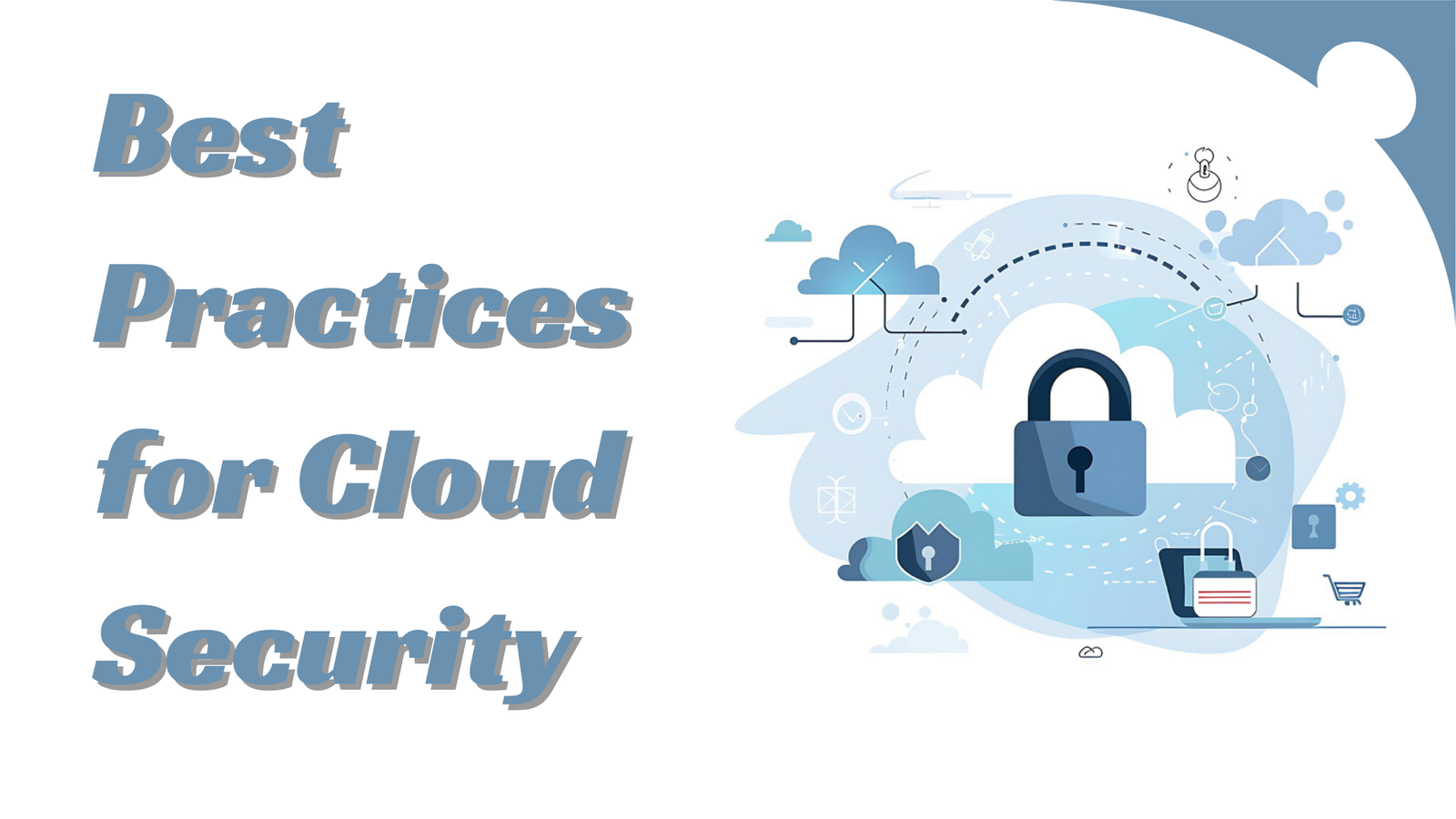
Businesses should keep their systems updated and focused on patch management to protect the cloud. Besides that, employee training and awareness programs greatly help minimize human error, one of the most common causes of security incidents in recent times. Lastly, to avoid some heavy fines and penalties for non-compliance, businesses need to pay attention to standards and regulations like the General Data Protection Regulation, thus making sure that their crucial cloud security is current.
1. Understand Shared Responsibility
One of the foundational principles of cloud security is understanding the shared responsibility model. Cloud service providers (CSPs) like AWS, Microsoft Azure, and Google Cloud protect the cloud infrastructure (physical hardware, networking, etc.). At the same time, customers are responsible for securing what is deployed on the cloud, such as data, applications, and user access.
For example:
- Cloud Provider’s Responsibility: Physical security, host infrastructure, network controls.
- Customer’s Responsibility: Data encryption, user management, access controls, application security.
This clear division helps organizations better understand their security duties and prioritize their actions.
2. Use Strong Identity and Access Management (IAM)
Identity and Access Management (IAM) is critical for cloud security. Effective IAM practices ensure that only authorized users have access to cloud resources, and access is granted based on roles and responsibilities.
Key IAM practices include:
- Least Privilege Access: Grant users the minimum permissions to perform their jobs. Regularly review permissions to remove unnecessary access.
- Multi-Factor Authentication (MFA): Always require MFA to access cloud services to add an extra layer of security beyond just usernames and passwords.
- Single Sign-On (SSO): Simplify authentication while maintaining security by integrating SSO with cloud applications. This reduces the chances of password reuse and minimizes user error.
3. Encrypt Data at Rest and in Transit
Encryption is a must-have in any cloud security strategy. Data should always be encrypted to protect it from unauthorized access, whether in transit or at rest.
- Data at Rest: Ensure that sensitive data stored on cloud servers is encrypted. Most cloud service providers offer encryption tools, but customers should also implement their encryption to add an extra layer of security.
- Data in Transit: Always use secure communication protocols such as SSL/TLS to encrypt data while it’s being transferred between users, applications, and cloud servers.
Encryption ensures that unauthorised individuals cannot read data even if data is intercepted.
4. Regularly Monitor and Audit Cloud Activity
Continuous monitoring and auditing of cloud environments are essential to detect potential security incidents early and respond quickly. Key monitoring practices include:
- Log Management: Enable logging for all cloud resources to track access, changes, and potential anomalies.
- Cloud-native Monitoring Tools: Leverage monitoring solutions provided by your cloud provider (e.g., AWS CloudWatch, Azure Monitor) to get real-time insights into system performance and security events.
- Intrusion Detection and Prevention: Deploy tools that detect and respond to suspicious activities, such as unauthorized access attempts or malware infections.
Establish an effective alerting mechanism to notify security teams immediately when suspicious behaviour occurs.
5. Implement Robust Data Backup and Disaster Recovery Plans
Despite all the security precautions, no system is entirely immune to breaches or disruptions. Therefore, having a comprehensive data backup and disaster recovery strategy is crucial.
- Automated Backups: Regularly back up critical data to ensure it’s protected in case of an attack, accidental deletion, or hardware failure.
- Geographic Redundancy: Store backups in different locations to ensure data is recoverable even if one region experiences a disaster.
- Disaster Recovery Testing: Periodically test disaster recovery plans to ensure data restoration processes are efficient and functional under various failure scenarios.
Having an actionable recovery plan reduces downtime and minimizes data loss.
6. Secure Cloud APIs
Cloud applications often communicate with other services and applications via Application Programming Interfaces (APIs). APIs, if not secured properly, can become potential attack vectors. Best practices for API security include:
- Authentication and Authorization: Ensure APIs require proper authentication and authorization. Use OAuth or API keys to prevent unauthorized access.
- API Gateway: Deploy an API gateway to manage API traffic and enforce rate limiting, throttling, and monitoring to prevent DDoS attacks.
- Input Validation: Implement strict input validation for all APIs to prevent common vulnerabilities such as injection attacks or cross-site scripting (XSS).
Securing APIs helps protect data flows between applications and cloud services.
7. Ensure Compliance with Regulatory Standards
Different industries and regions have varying data protection and privacy regulations, such as the GDPR in Europe or HIPAA in healthcare. Ensuring compliance with these regulations is essential to protect sensitive data and avoid costly fines and legal repercussions.
Steps for cloud compliance include:
- Understand the Regulatory Landscape: Identify which laws and standards apply to your organization, including industry-specific requirements.
- Use Compliance Tools: Most cloud providers offer compliance tools to help you meet regulatory requirements. For example, AWS provides audit-ready HIPAA, PCI DSS, and GDPR compliance tools.
- Perform Regular Audits: Regularly audit your cloud environment to meet all regulatory and security requirements.
Maintaining compliance builds trust with customers and protects your organization from legal risks.
8. Regularly Patch and Update Systems
Unpatched vulnerabilities are one of the primary causes of cyber-attacks. Make sure to:
- Update Cloud Software: Keep cloud resources updated with the latest patches, including operating systems, databases, and third-party applications.
- Use Automated Patching Tools: Enable automatic updates for cloud services when possible. Many cloud providers offer automated patching solutions that ensure critical vulnerabilities are addressed promptly.
Patching regularly minimizes the risk of exploitation by cybercriminals.
9. Conduct Penetration Testing and Vulnerability Assessments
Regular security assessments are crucial to identifying and addressing vulnerabilities before attackers exploit them.
- Penetration Testing: Hire security experts to test your cloud environment. These tests simulate real-world attacks and reveal weaknesses in your cloud infrastructure.
- Vulnerability Scans: Automate vulnerability scanning tools to assess cloud resources for known security flaws. Schedule scans regularly to ensure new vulnerabilities are identified and patched quickly.
Testing your cloud security posture ensures that potential gaps are identified and addressed proactively.
10. Educate and Train Employees on Cloud Security
Human error remains one of the leading causes of cloud security breaches. Regular employee training ensures everyone in your organization understands their role in maintaining cloud security.
- Phishing Awareness: Conduct training on phishing prevention, as phishing attacks are a common way for attackers to access cloud resources.
- Strong Password Policies: Educate employees on the importance of creating strong, unique passwords and using password managers to keep them safe.
- Cloud-Specific Training: Offer training on secure cloud usage, including best practices for handling data and working within the shared responsibility model.
Empowering employees with knowledge helps reduce the risk of security breaches caused by human error.
Conclusion
Cloud security will remain a significant key to business success in 2024. Advanced measures such as encryption, Zero Trust architecture, and regular security assessments will effectively guard digital business assets. Vigilance and updates on cloud security trends are required to keep the defence against evolving threats robust.

